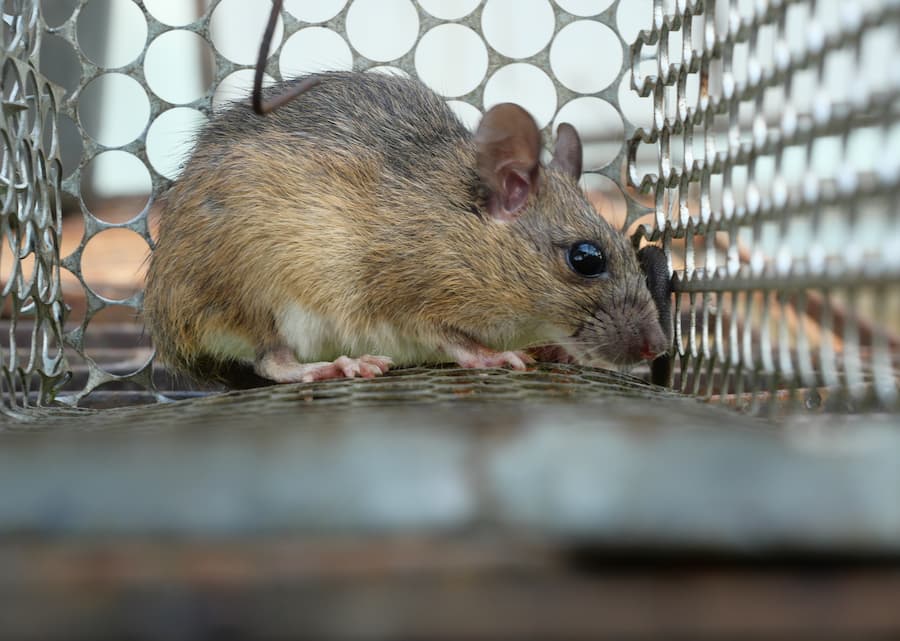Pest control has been a human practice since the dawn of commercial agriculture. Even as far back as our transition to domestication, you can find evidence of controlling infestations. Therefore, it comes as no surprise that there are multiple schools of thought on the different, preferable techniques. Some are more environmentally conscious, whilst others prioritise quick and effective results.
To help shed some light on this subject, we’ve created an overview of the three main methods below.
What Is Commercial Pest Control?
Commercial pest control is the process of eliminating infestations and pests on either a mass scale or on commercial premises. This process involves a number of different techniques available to the modern-day pest technician, as seen here:
- Physical
- Chemical
- Biological
Each technique has its own benefits, so let’s take a deeper look into what these are.
Physical
Physical pest control is one of the most simple, and common methods of controlling pests on a commercial level. It involves the physical trapping and elimination of pests in an area. They can also be removed and set free elsewhere as part of a more humane approach. An example of physical pest control is a rat trap.
These can be set up en masse, or more sparingly around a property to capture pests and prevent them from reproducing or damaging an area. The type of trap used will depend on whether the rat is eliminated on-site or set free.

Chemical
Chemicals are arguably the most extreme form of commercial pest control. It’s regularly used in agriculture to control trouble insects or invasive plant species. This technique needs to be considered on a number of levels.
Firstly, is it needed? Harsh chemicals don’t just kill pests, they can kill wildlife too. If these kinds of methods can be avoided they should in order to avoid any collateral damage.
The second consideration is whether it will work. Some insects and plant species of resistant to certain chemicals, and you could end up damaging the area unnecessarily with no results to show for it.
Finally, you should think about the area itself. Are there any bodies of water nearby or protected areas of outstanding beauty? Harsh chemicals can spread and if there’s a risk of injuring protected species then chemicals are best avoided.
Biological Commercial Pest Control
Lastly, we come to biological commercial pest control. The results from this method can fluctuate and therefore need to be carefully considered before administering. At times, it can be extremely effective, but when used in the wrong situation will simply fall flat, or worse.
Biological techniques involve introducing predatory species to control an out-of-control pest population. A successful application of this would be ladybirds to control an aphid infestation. However, a catastrophic example of this is the Australian cane toad problem. This amphibian was introduced in Australia to control a beetle that infested sugar cane crops.
Unfortunately, their rate of reproduction was not considered and now cane toads are multiplying exponsentially and decimating local insect populations. It’s important to think about these types of consequences before attempting biological pest control on a commercial scale.
Get In Touch With Terminate For Commercial Pest Control
For effective commercial pest control, contact Terminate. We’re fully qualified and experts in our field. As a result, you can have peace of mind knowing any pest infestation you’re having trouble with will be dealt with efficiently, and as humanely as possible. For more information, give us a call to find out more.


